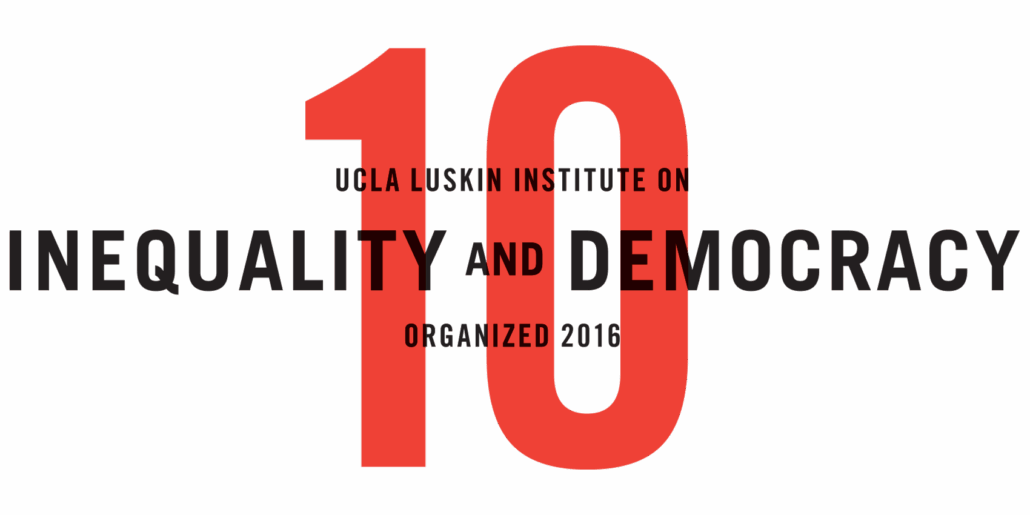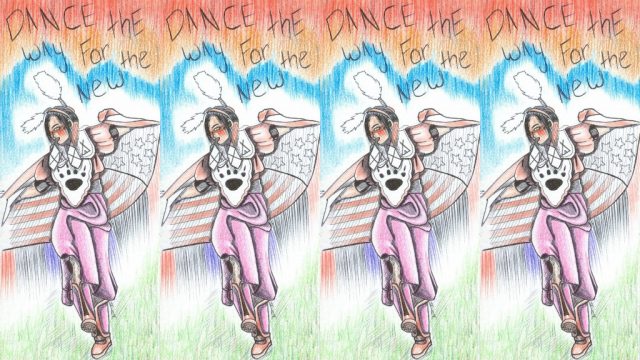Artwork for “Carceral Liberation? A Native American Prison Art Show”
Art credit: Kyle Jones
Carceral Liberation? A Native American Prison Art Show
Tria Blu Wakpa, World Arts and Cultures/Dance, UCLA
With support from the UCLA Luskin Institute on Inequality and Democracy, Tria Blu Wakpa curated an exhibition that featured the artwork and words of Native people in prison. After over a decade of researching Native imprisonment, Blu Wakpa uses the term “carceral liberation” to refer to the paradox of Indigenous people who acquire Native cultural knowledge while imprisoned. The exhibition’s title picks up this concept: “Carceral Liberation? A Native American Prison Art Show.”
The art show illuminated the injustices of imprisonment in the Indigenous context and how Native people navigate these impositions. Several organizations—including those founded and run by Native people who are are/were incarcerated—were involved in this event. The artists were primarily Lakota and other Native people who are/were imprisoned on Lakota lands. The art show opened in Los Angeles—on occupied Tongva lands—on October 12, 2019, the Saturday prior to Indigenous Peoples’ Day.
On October 10, 2019, there was a panel discussion on Native imprisonment, featuring distinguished speakers: Jimi Castillo (Tongva/Acjachemem), Leta Wise Spirit (Hunkpapa), Chase Iron Eyes, J.D. (Oglala), Randall Murphy, J.D. (Choctaw/Lakota), and Makha Blu Wakpa, Ph.D. (Itazipcho). They highlighted how the accessibility of Indigenous cultural curricula in detention centers can help to alleviate the inherent violence’s of incarceration and combat imprisonment and recidivism. But ultimately, such programming cannot overcome the inequities of the current system.
View >> Photos from the exhibition (Installed October 2019)




